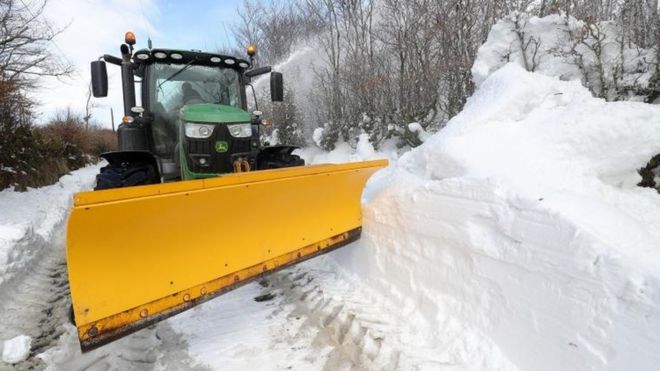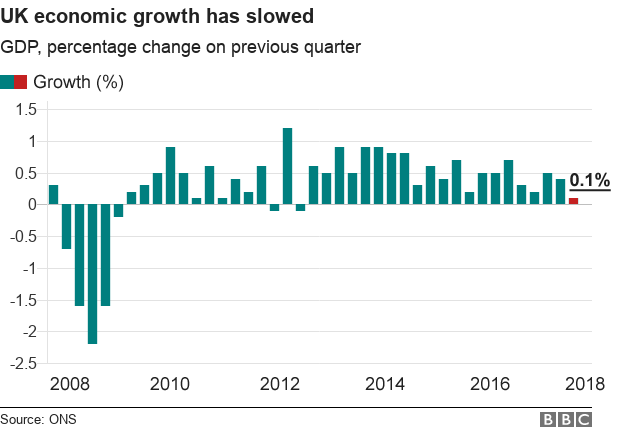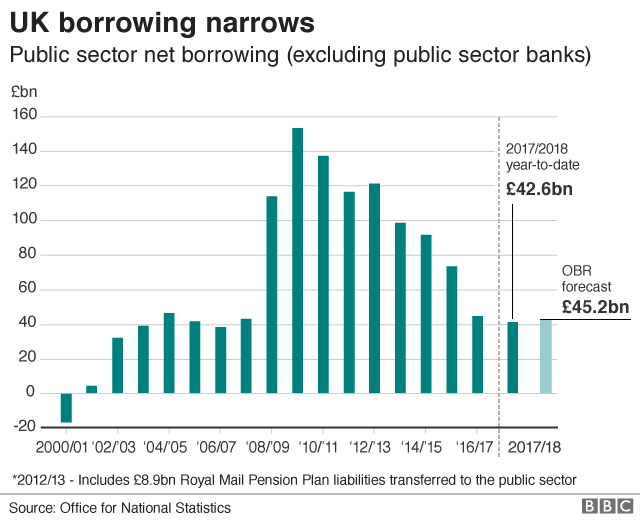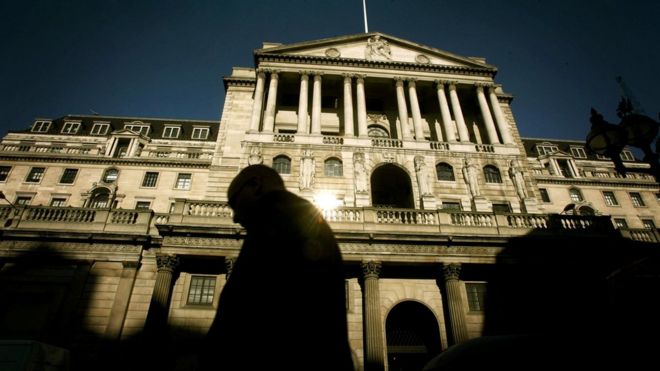
Shipping containers sit on board a cargo ship at the Eurogate Terminal at the Port of Hamburg.
Photographer: Krisztian Bocsi/BloombergThe European Union warned about the costs of a trans-Atlantic trade war while bracing for one to erupt after the U.S. signaled it will reject the bloc’s demand for an unconditional waiver from metals-import tariffs.
“A trade war is a losing game for everybody,” Belgian Finance Minister Johan Van Overtveldt told reporters in Sofia. “We should stay cool when we’re thinking about reactions but the basic point is that nobody wins in a trade war so we try to avoid it at all costs.”
Donald Trump’s administration is asking Europe, Canada and other allies to accept quotas in exchange for an exemption from steel and aluminum tariffs that kick in May 1, when a temporary waiver expires. “We are asking of everyone: quotas if not tariffs,” Commerce Secretary Wilbur Ross said on Friday.
This puts the EU in the difficult position of either succumbing to U.S. demands that could breach international commerce rules or face punitive tariffs. Forcing governments to limit shipments of goods violates World Trade Organization rules, which prohibit so-called voluntary export restraints. The demand is also contrary to the entire trade philosophy of the 28-nation bloc, which is founded on the principle of the free movement of goods.
The White House last month temporarily shielded some trading partners including the EU from the duties, at 25 percent for imported steel and 10 percent for aluminum on the grounds of protecting national security. U.S. Trade Representative Robert Lighthizer is negotiating with countries seeking permanent exemptions. So far, South Korea is the only nation to be spared from the duties, after reaching a deal to revise its bilateral free-trade agreement with the U.S.
While WTO rules foresee the possibility of countries taking emergency “safeguard” measures involving import quotas for specific goods, such steps are rare, must be temporary and can be legally challenged. The EU is demanding a permanent, unconditional waiver from the U.S. tariffs.
Trump’s demands to curb steel and aluminum exports to 90 percent of the level of the previous two years are unacceptable, an EU government official said. The official, who asked not to be named as talks are ongoing, signaled the EU’s response would depend on the level of the quotas after which the punitive tariffs would kick in.
The European Commission, the EU’s trade authority in Brussels, declined to comment on the prospect of an agreement with the U.S. involving any import quotas while stressing the bloc’s consistent call for an unconditional, permanent exclusion from the American metal levies.
“In the short run it might help them solve their trade balance but in the long run it will worsen trade conditions,” Bulgarian Finance Minister Vladislav Goranov said in Sofia. “The tools they’re using to make America great again might result in certain mistakes because free world trade has proven to be the best solution for the development of the world so far.”
Meanwhile, the EU has made clear it won’t be intimidated. French President Emmanuel Macron said this month that “we won’t talk about anything while there’s a gun pointed at our head.”
German Chancellor Angela Merkel said she discussed trade disputes with Trump during talks at the White House on Friday and that she failed to win a public commitment to halt the tariffs.
Adding to signs of trans-Atlantic tensions, Le Maire told his peers in Sofia during a discussion on taxation: “One thing I learned from my week in the U.S. with President Macron: The Americans will only respect a show of strength.”
— With assistance by Piotr Skolimowski, Joao Lima, Slav Okov, Alexander Weber, Viktoria Dendrinou, Andrew Mayeda, and Elizabeth Konstantinova





